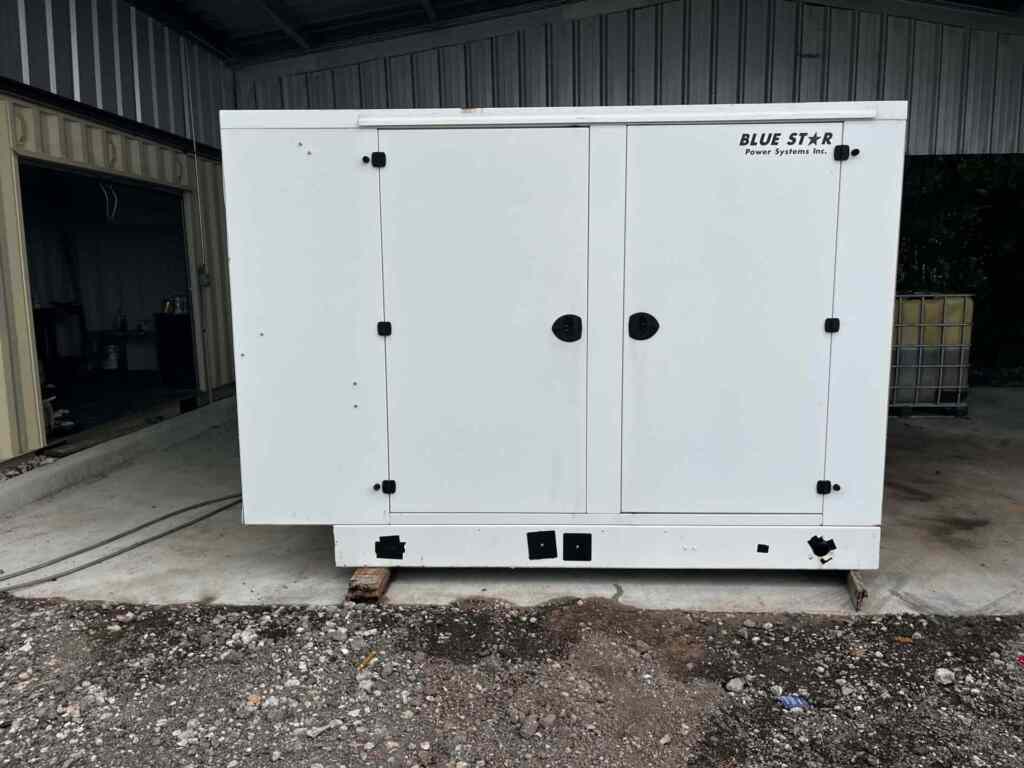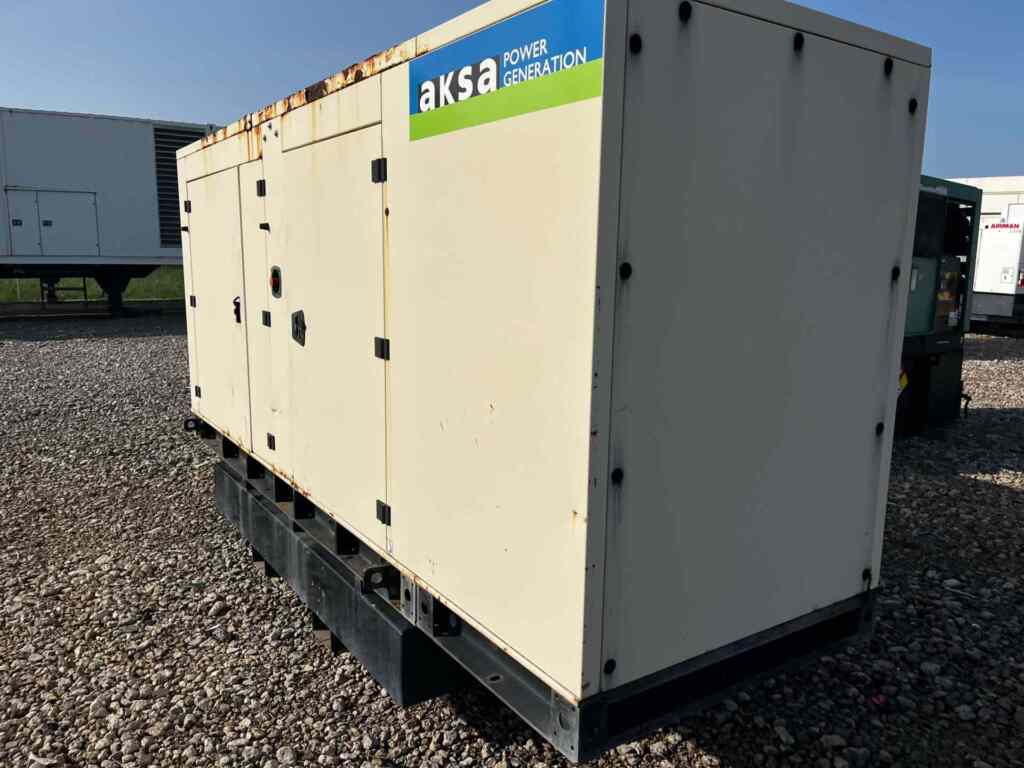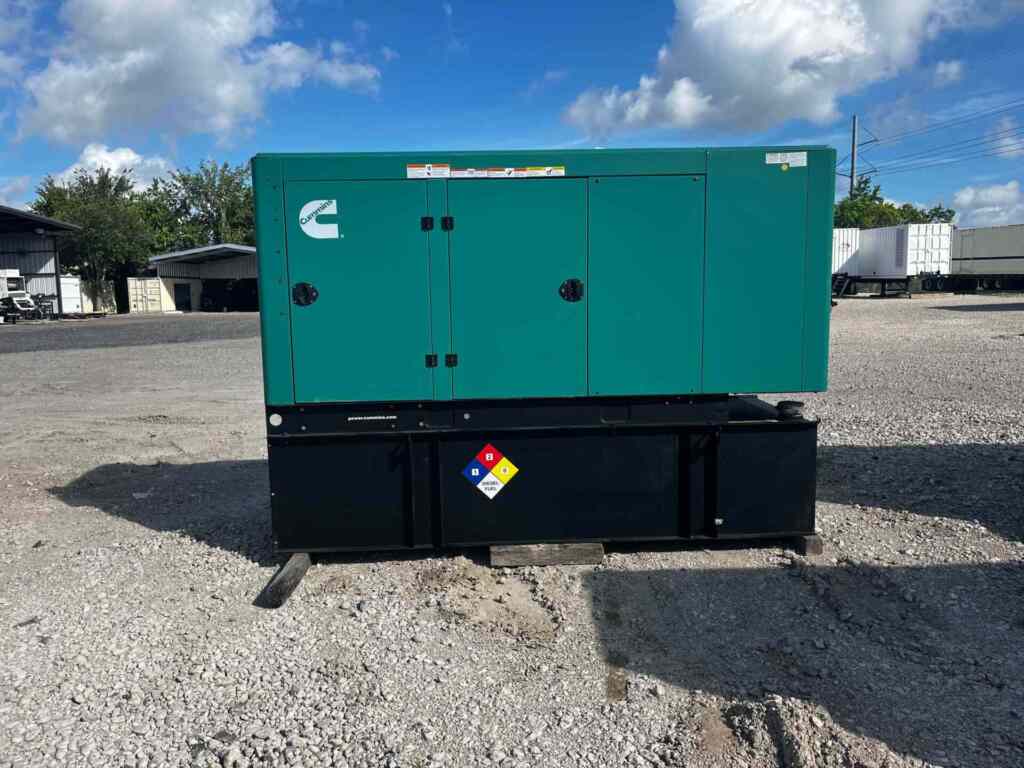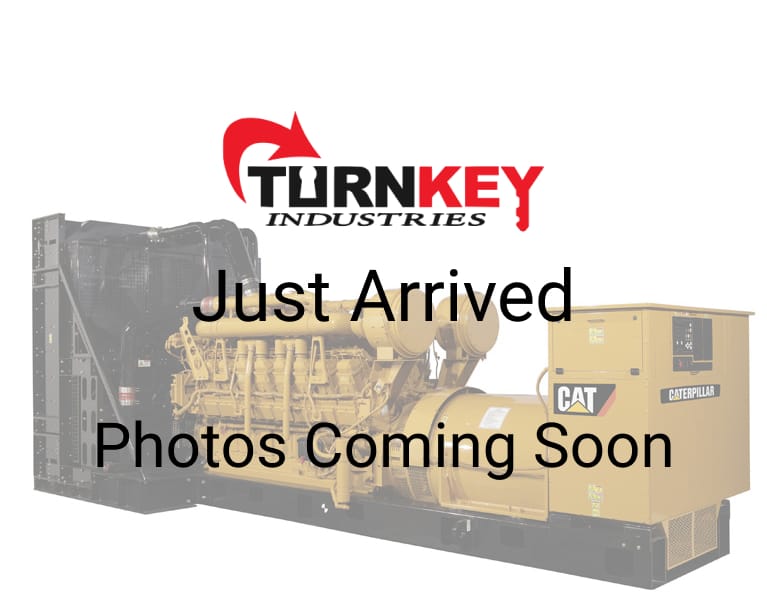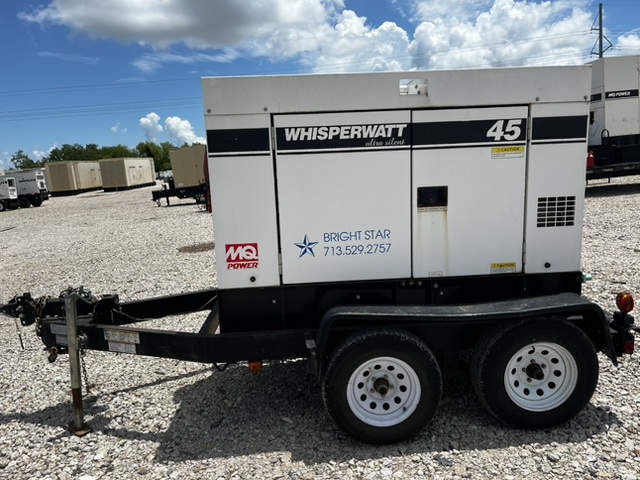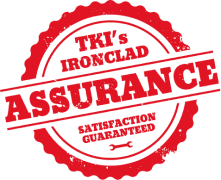Backup generators are one of the most irreplaceable machines for a business. Between power outages, natural disasters, and other emergencies, having a supplemental energy source helps companies overcome obstacles and continue business operations without skipping a beat!
While they are advantageous additions to your backup energy system, generators can be equally dangerous if you don’t follow the proper precautions during installation. So what should be on your generator installation checklist? Continue reading to discover all the crucial steps and other tips to consider before installing a generator.
Hire an Installer
What many people don’t realize is how easy the installation process becomes once you hire an installer! You can even hire an expert from the company you’re working with to streamline the implementation and connection of your generator.
For example, let’s say you’re in the market for used generator trailers; after selecting the appropriate machinery for your needs, we suggest consulting one of our experts at Turnkey Industries.
From this stage, our team completes the proper order fulfillment and preparatory processes, ensuring that the equipment safely arrives at your facility and is ready for installation. A qualified installer and service professional should have licensure and permits, and they’ll use their expertise and knowledge to safely install the machinery.
Determine Location
Once you select equipment and hire an installer, it’s time to determine your generator’s new home. While business owners have the option to install power units indoors or outdoors, each location may have a specific set of requirements to meet beforehand.
Outdoor Installation
When installing a generator outside of a building, it would be wise to assess the desired area and resolve concerns before they happen. For instance, some states have noise regulations that can affect your final decision when installing a generator. Consider those regulations before continuing.
If your business resides near a suburban area, local ordinances can regulate how closely a power unit can sit next to your property line and its size. It also helps to consider your local climate; if your area is flood-prone, consider installing your generator indoors to avoid having water leak into the engine.
Indoor Installation
If you plan to install a backup generator inside your facility and don’t have an appropriate electrical room to house a unit, it’s best to make improvements prior to the equipment’s arrival. The room will also contain the Automatic Transfer Switch that will control the currents from the generator to the facility, preventing back-feeding into the grid.
When planning a layout for a generator room, keep in mind that the location should be code compliant and allow for routine maintenance.
The unit should remain distanced from doors, windows, and water sources while steering clear from utilities. Your generator should also sit near an electrical hookup and fuel source.
Acquire Permits
Once you determine the ideal setting for your generator, you need to acquire various permits from your state and insurance company. Successful power unit installation often requires an electrical permit from your town or state.
If you hired an installer to take on the bulk of the work, they need to obtain a Contractor’s Business License before you receive your permit.
Depending on your whereabouts, you’ll need an electrical permit application, copies indicating the plat or survey, your project, and its dimensions. You can also expect to cover a fee during the initial application.
Construct Concrete Padding
If installing a generator in a designated room, you can expect it to remain protected from harsh weather conditions and standing water. However, concrete padding provides additional protection regardless of a generator’s location, allowing it to last longer and perform better.
A concrete pad also acts as the foundation for equipment since its dimensions reflect the size, shape, footprint, and weight. An appropriately shaped pad can also provide adequate room for access and maintenance.
Mounting Pad Composition
You should always follow standard load-bearing requirements when creating a concrete pad. You can determine proper calculations by multiplying the volume of cubic feet (LxWxH) by 150 pounds.
Afterward, determine whether the installation location’s load-bearing limits can support the concrete pad’s weight. The recommended mixture for a concrete pad is 1:2:3, using cement, sand, and aggregate, respectively.
Create the Base
Often, contractors can help create padding for a generator. After deciding on a stable area, experts may dig a hole the size of the desired slab specifications; expect the hole to be at least four inches deep. They may use a frame to ensure the base’s measurements are true to the requirements.
Mix Concrete
Professionals will then mix all components to form the concrete. This step requires wearing safety equipment to protect the skin and eyes from potential burns when handling wet concrete.
Pour, Smooth, and Shape
Once properly mixed, professionals will line the foundation with a wood frame so that the concrete remains in place while it sets. Concrete pads range between four to six inches in thickness, as applicators will pour the mixture until it’s level within the frame. After scraping and leveling, experts will spray the pad and allow it to cure.
Establish Generator Connections
Once you set up the concrete pad or complete the generator room, the fun begins. A power unit will require a fuel source and transfer switch nearby to complete its installation and ensure that machinery properly integrates with the facility.
It helps to have the assistance of your installer or qualified electrician to ensure you have secure connections. After the professional completes the commissioning and connections, they will enclose the unit and clear any additional debris from its vicinity to keep pests away.
Inquire About a Final Inspection
Finally, conduct a final inspection of your generator; this step will include confirming fuel levels and securing connections. Your installer may also test smoke and carbon monoxide detectors to ensure you have proper ventilation if the unit stays indoors.
Experts may also conduct load bank generator testing that places equipment under various load conditions and assesses how machinery reacts to power draw. Then, this testing will occur yearly so that you can keep an eye on the generator’s power and ability to supply power to the facility.
Faults, blackouts, brownouts, and other crises are common causes of operation halts within a business. While having a backup power source is an excellent and efficient way to maintain electricity, it helps to refer to processes on your generator installation checklist to ensure that you have what you need for proper installation.
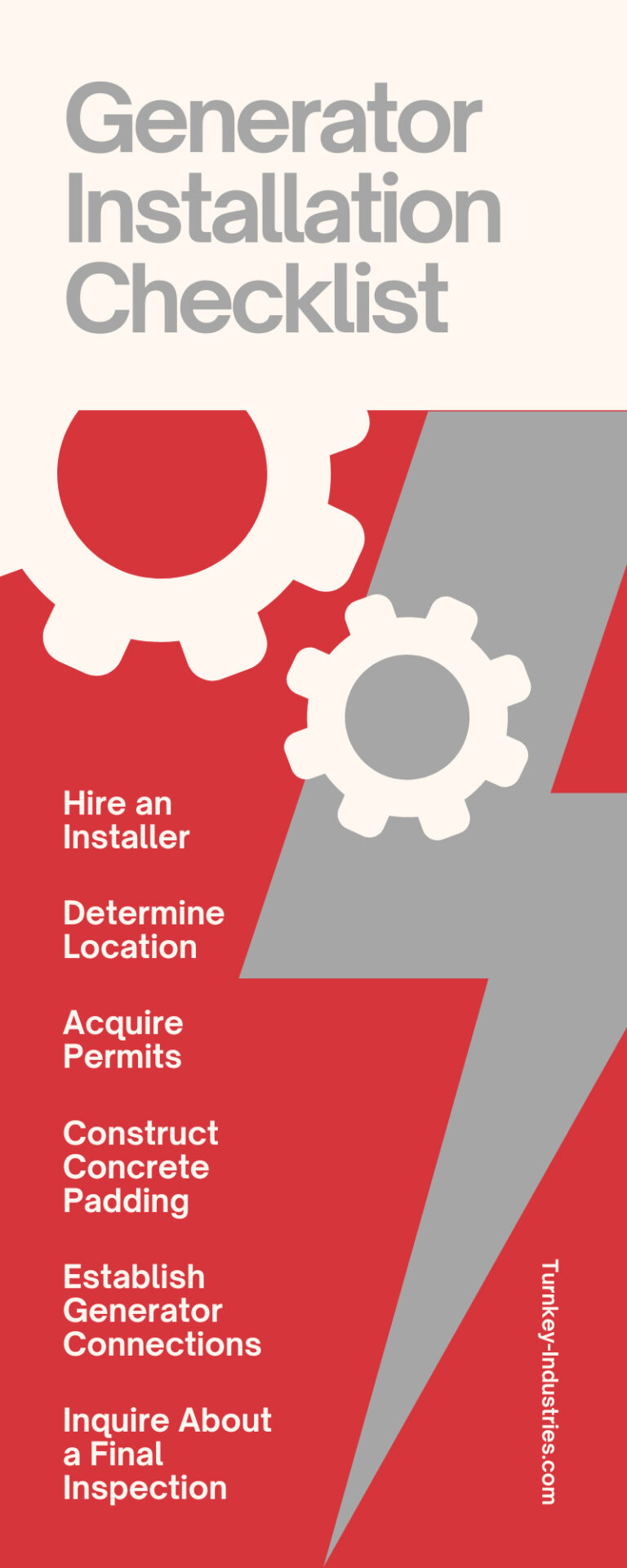
 Turnkey Industries offers a variety of high-capacity
Turnkey Industries offers a variety of high-capacity 